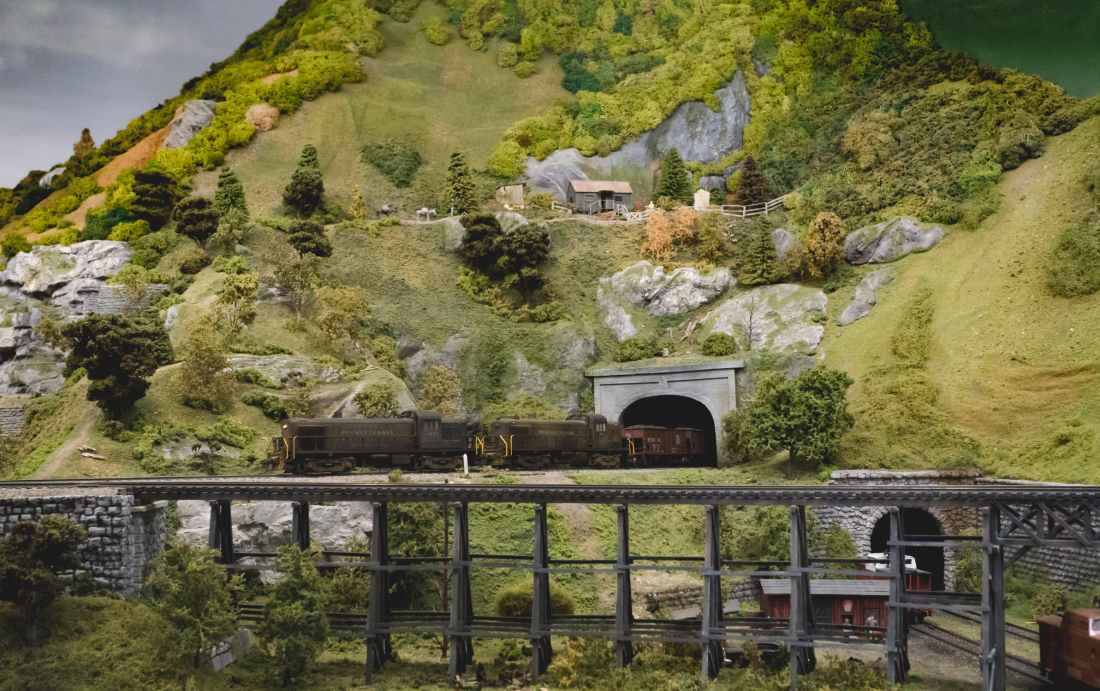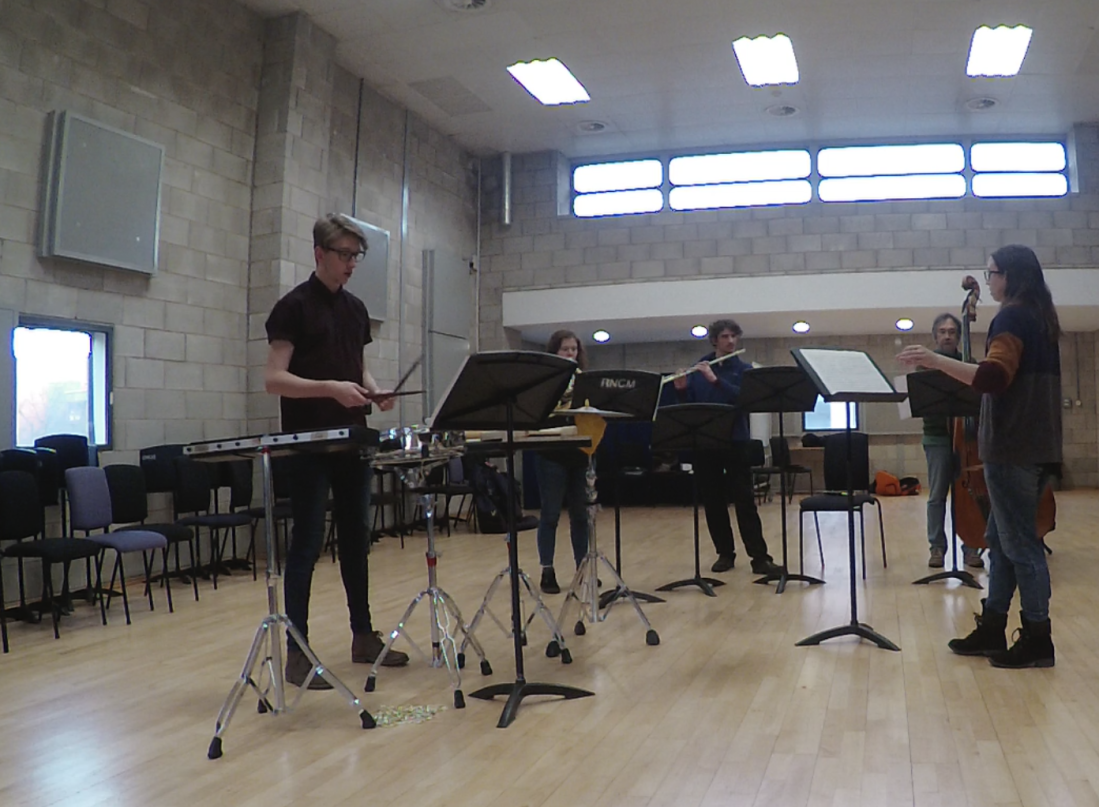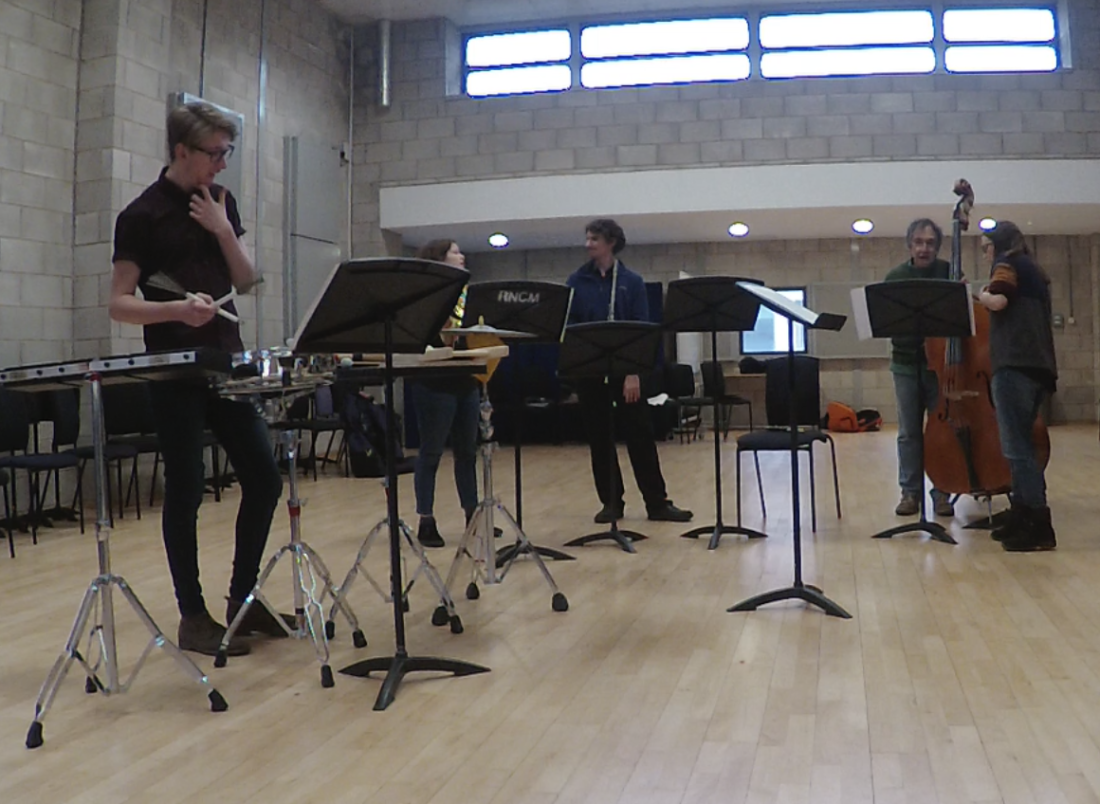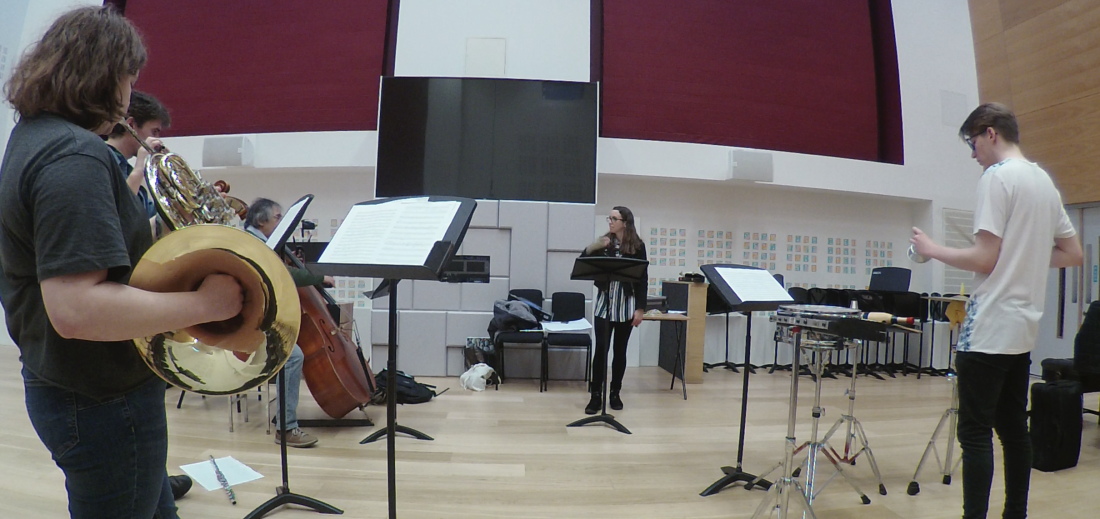The ‘revolutionary’ element is vital to this project – how the railway changed the world in some many ways!
Zakiya has been exploring the jazz era this week.
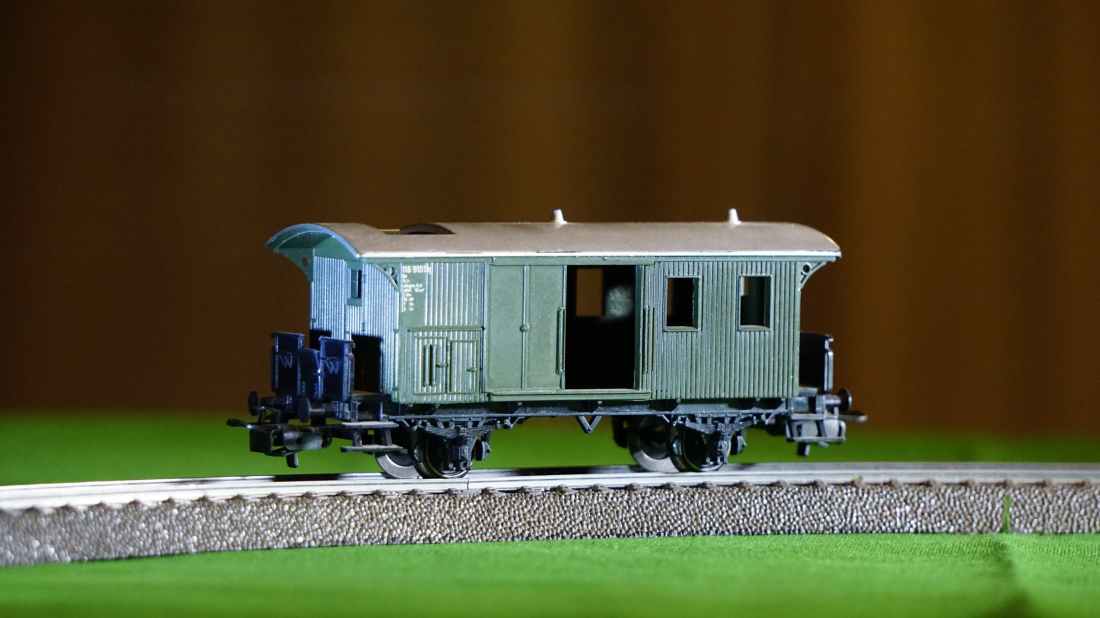
Jazz is of particular interest because of personal influences to Zakiya – she studied it at an undergraduate and played trumpet in a big band for many years. In addition, there are a significant number of pieces written with reference to railways by many great jazz composers.
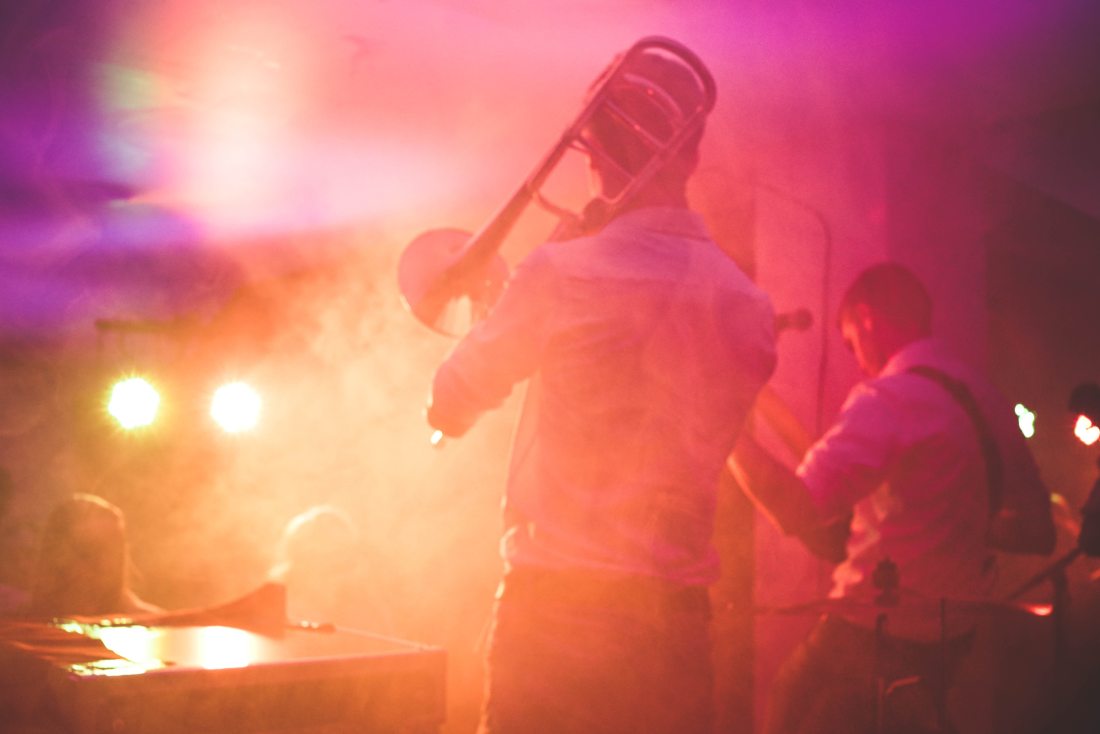
What is your favourite Jazz piece?
We are looking at four notable pieces performed by the Glenn Miller and His Orchestra, Sleepy Town Train, Slow Freight, Chattanooga Choo Choo, and Tuxedo Junction.
Zakiya explains below the interest in each piece below –
Sleepy town train keeps the feel of a train journey by the steady four-in-the-bar beat of the rhythm section. Without the lilting rhythm the faster pieces we’ve seen before, the sound is less specifically descriptive but the rattling quality to the drum line (likely brushes on a snare) conjures the ambient sound of the puffing of steam and clattering of pistons as they move.
Slow freight is a slight step up in energy and tempo from Sleepy town train, and here the rhythm line has progressed to a more obviously identifiable representation of the distinctive train rhythm and timbre. This is achieved by the opening and closing of the hi-hat between a short-long percussive strike pattern.
Tuxedo junction combines some of the elements of the previous two pieces but with a distinctively evocative horn line. There is a steady walking bass beat accompanied by a rattling ambience of the brushes on the snare. The trombones provide a rhythm that, whilst it is a retrograde (mirror image) of the typical short-long rhythm of the trains, still evokes the feel of that uneven, continuous pulse. Together with the deep timbre of the longer tones, the trombone section sounds almost as if the sound of the trains had been slowed and we are hearing the whistle in a deeper bass tone.
Of course, we cannot overlook the Chattanooga Choo Choo, which was the first record ever to reach gold in the US. There are so many allusions to railway sounds both direct and indirect in this song. The ‘woo-woo’ of the horns and voices is particularly effective and evocative as a recurring allusion to the whistle. The entire opening is very well written to evoke the sounds of a train departing the station, the whistle sound played across both the trombones and then the trumpets, getting higher in pitch to describe an increase in speed whilst the scalic feature of the saxophones presents a ‘starting-up’ and ‘gaining momentum’ sound that reaches an energetic throbbing apex at the climax of the introduction depicting the train rolling out of the station.
Please subscribe to our blog to follow our journey and leave a comment!
